 Posted Apr 18, 2012, 1:47 AM
Posted Apr 18, 2012, 1:47 AM
|
|
Registered User
|
|
Join Date: Sep 2005
Posts: 566
|
|
|
The best of Long Island: Part 7: Merrick and Freeport
Merrick is thriving Hamlet along the south shore of Long Island in Nassau County. In the 17th century when the area was settled it was called Meroke Woods after the Algonquin tribes that inhabited the region in large numbers and the abundant woodlands. The Puritans were the first Europeans to settle in Merrick escaping religious persecution in England. Prior to the Revolutionary war Merrick was a trading center due to the waterways that reached deep inland from the Jones Inlet. During the time period around the War of 1812 buccaneers used the coves and canals to sail up to the docks and rob wealthy merchants. There was a certain lawlessness to the region in the early 19th century that simmered down after residents of Merrick armed themselves and began to capture raiding pirates who attempted to terrorize the community. By the middle of the 19th century Merrick became home to surge of religious activity, most notably, Methodists who held 10 days of service, annually. Cottages were built up for revivalists retreating to the area for these services and soon became year-long residences. In the late 19th century the Southside railroad, a predecessor to the current Long Island Railroad was introduced the region opening it up to large populations. Merrick developed into a commuter suburb by the turn of the century and as the 20th century progressed it became home to a thriving middle class but the major population boom came during the 1950’s and 1960’s when New York City experienced White Flight which introduced second generation Irish and Italian working class families to the neighborhood. During the late 1980’s and 1990’s Jewish families, mostly reformed began to dominate Merrick and still do today. Today Merrick is a commuter suburb with tons of businesses, shops and restaurants that built up along Merrick Road which spans Long Island, east to west as well as being clustered around the rail station.
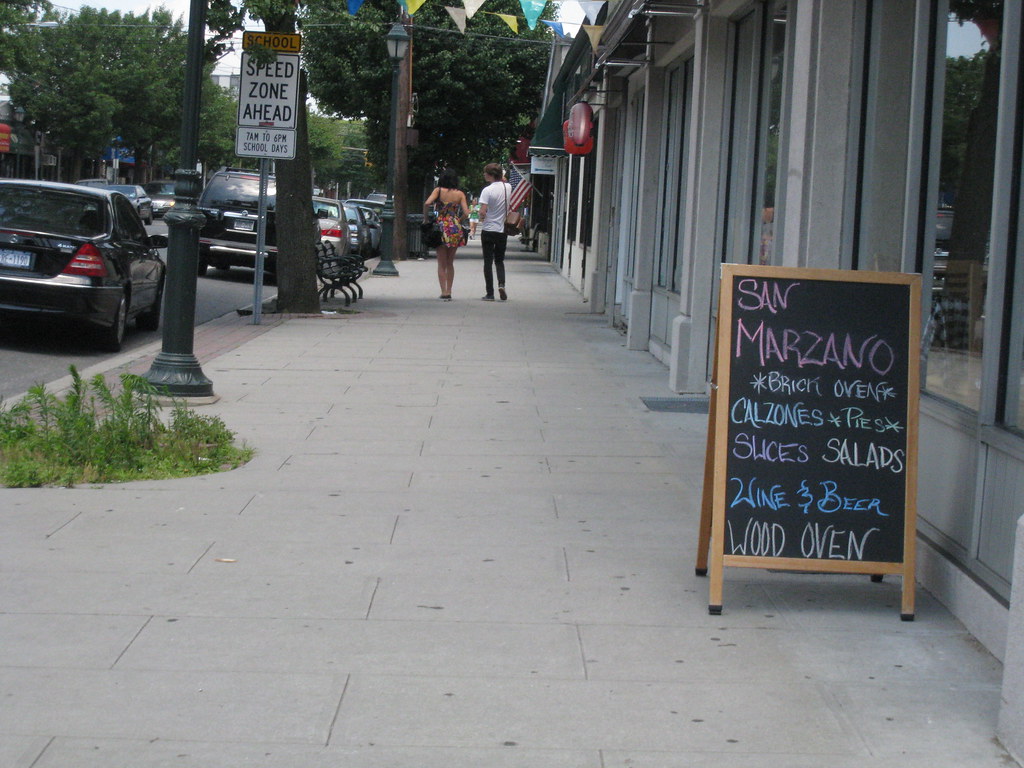
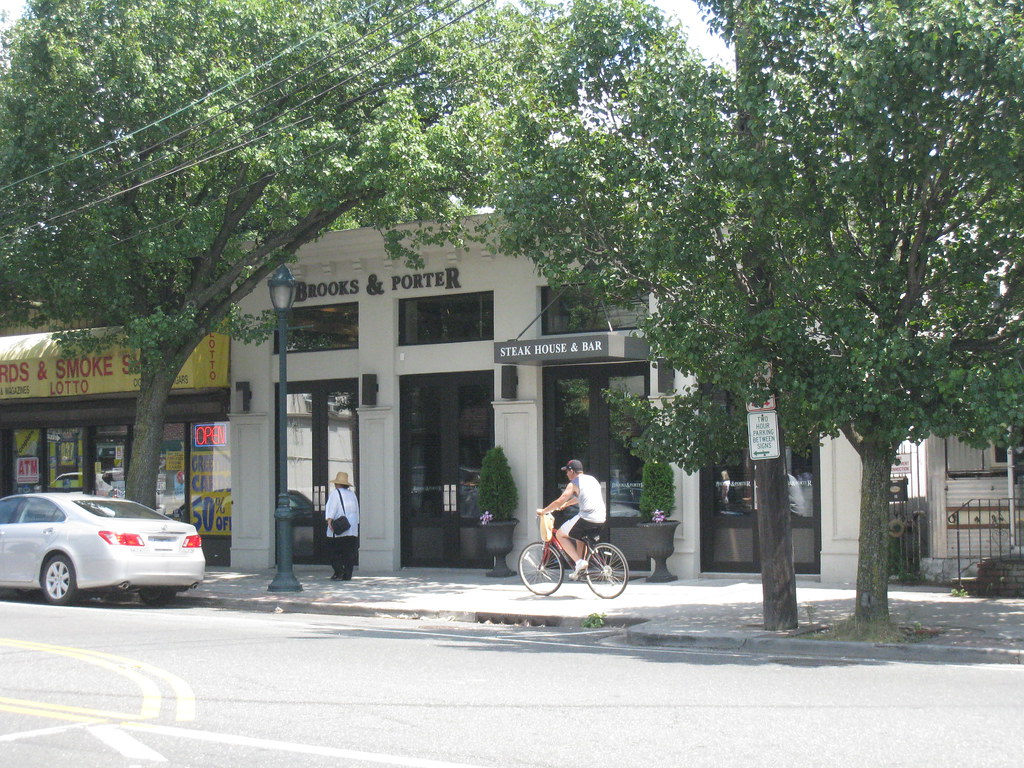


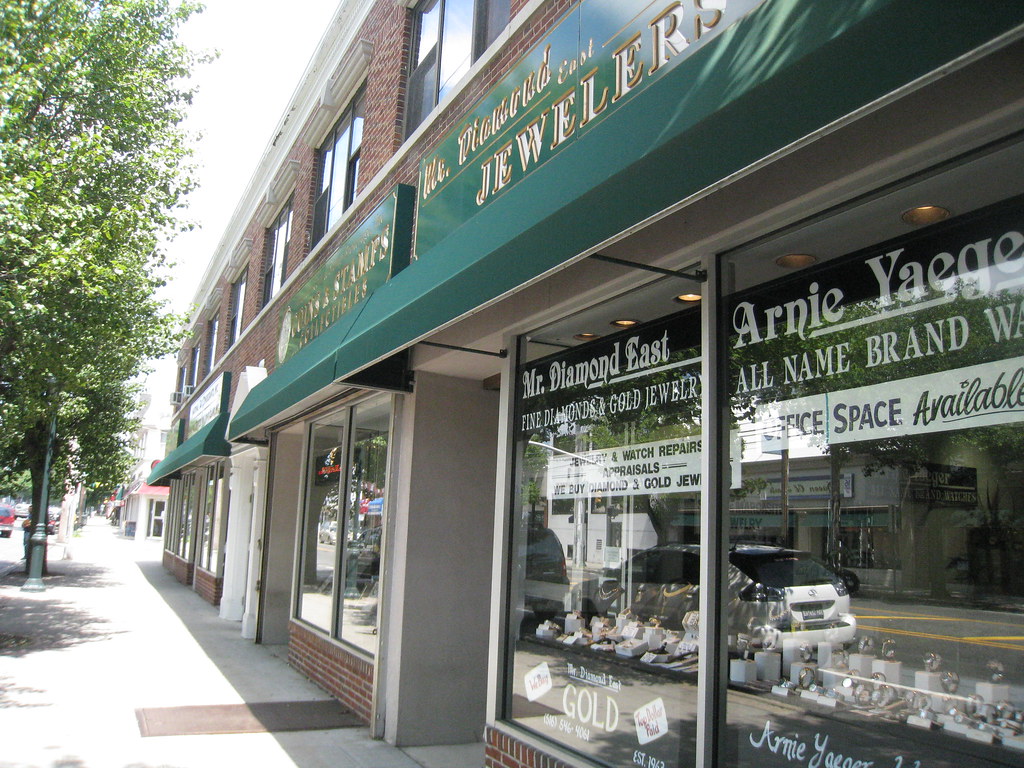
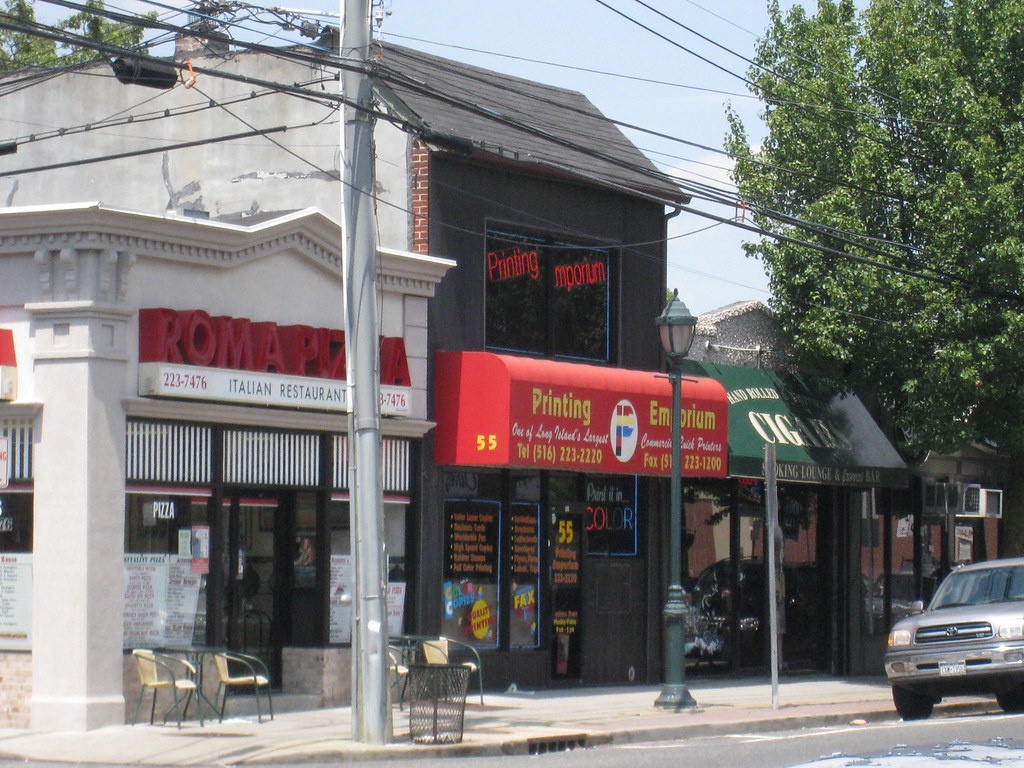
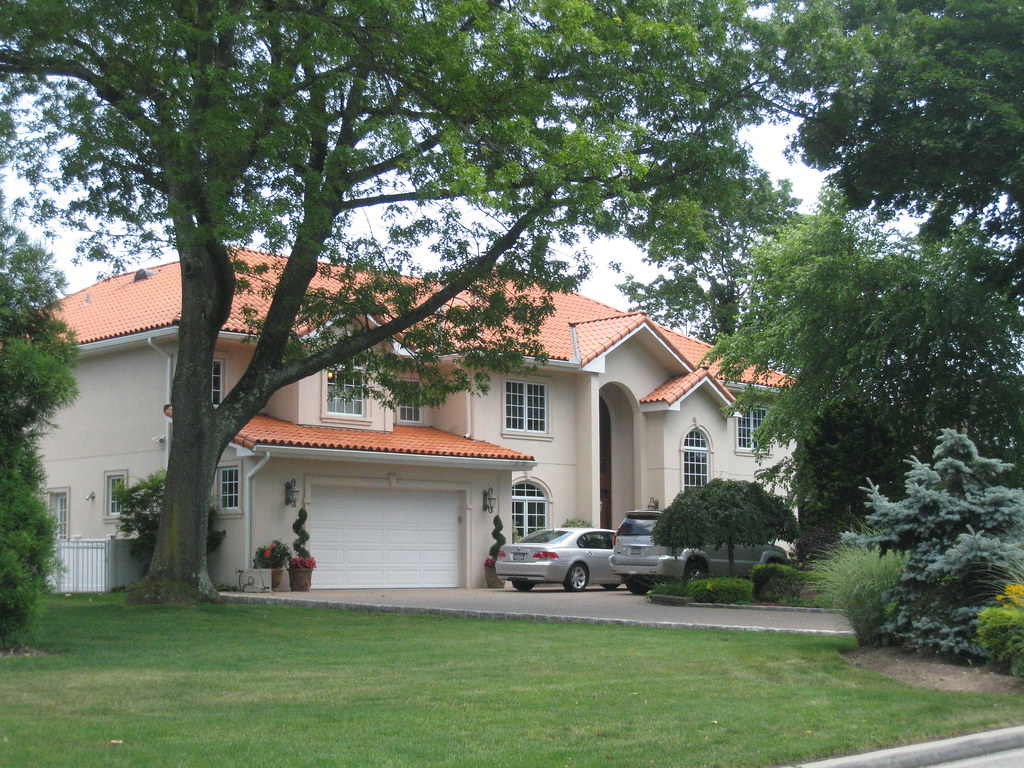
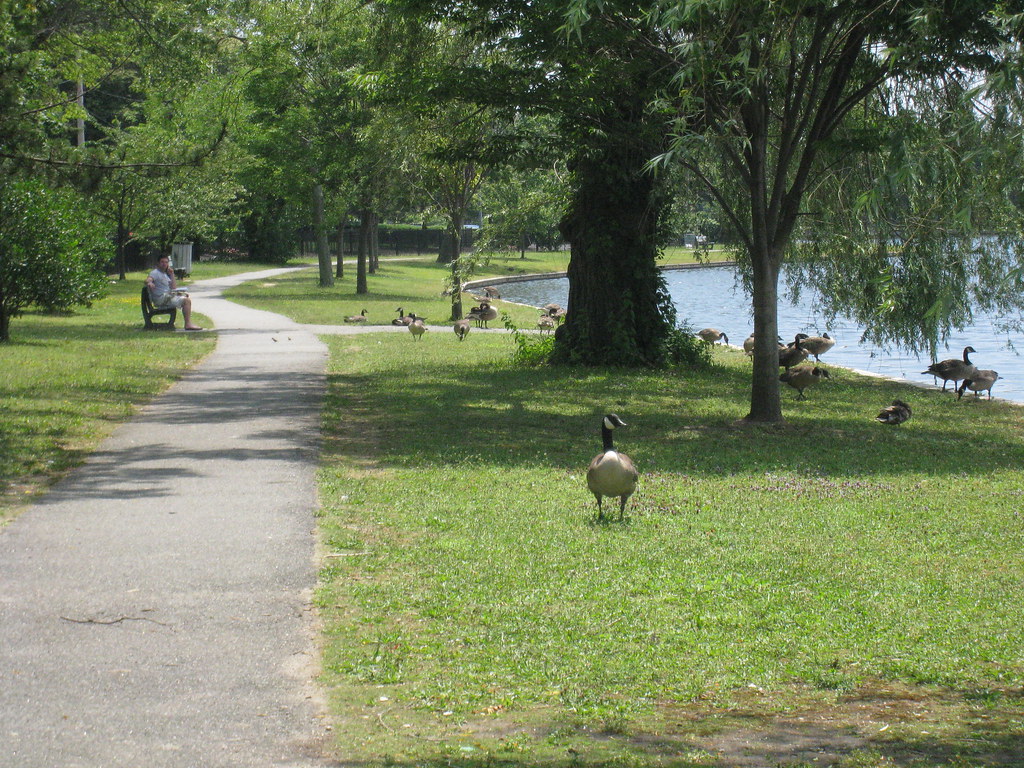

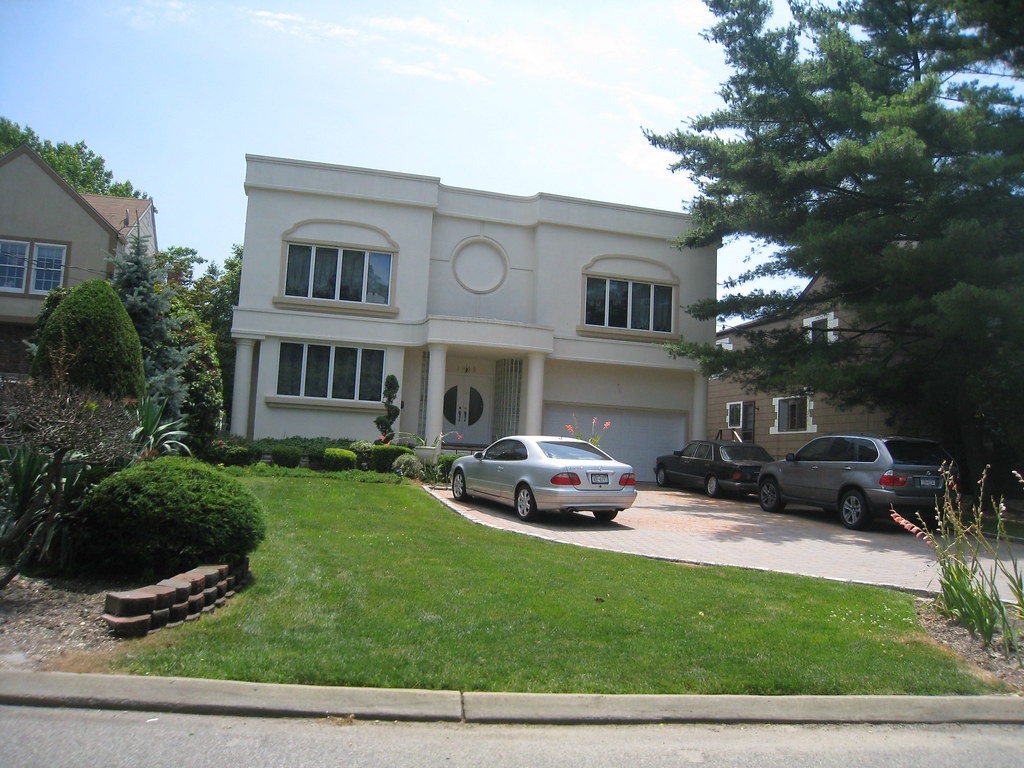
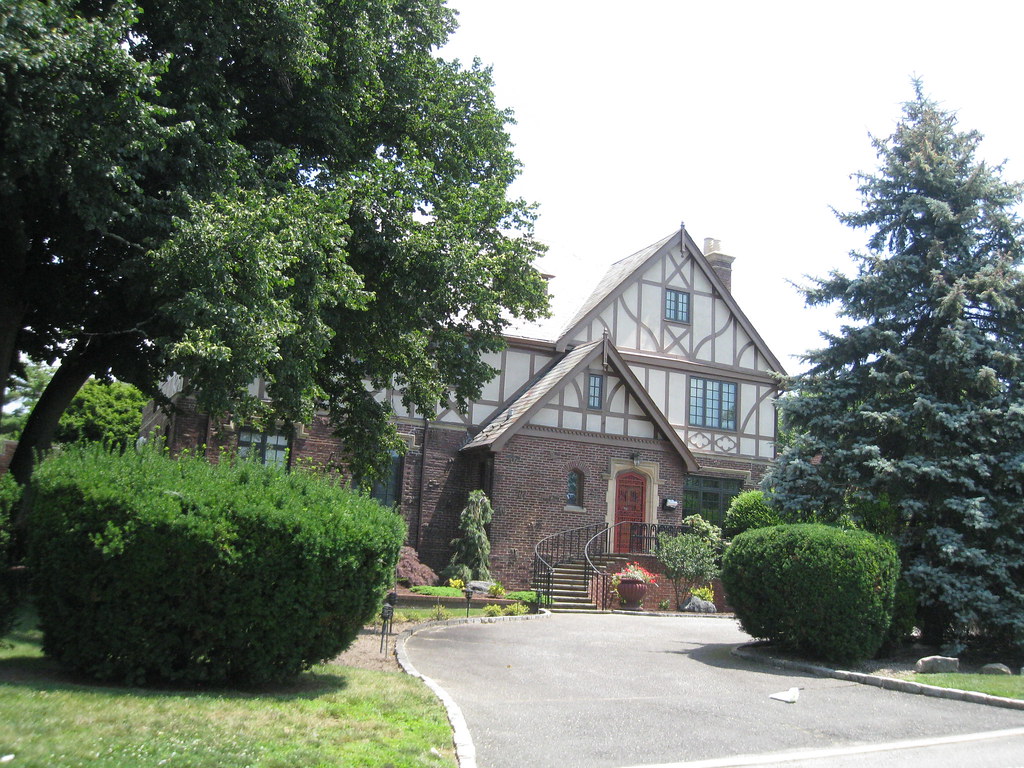

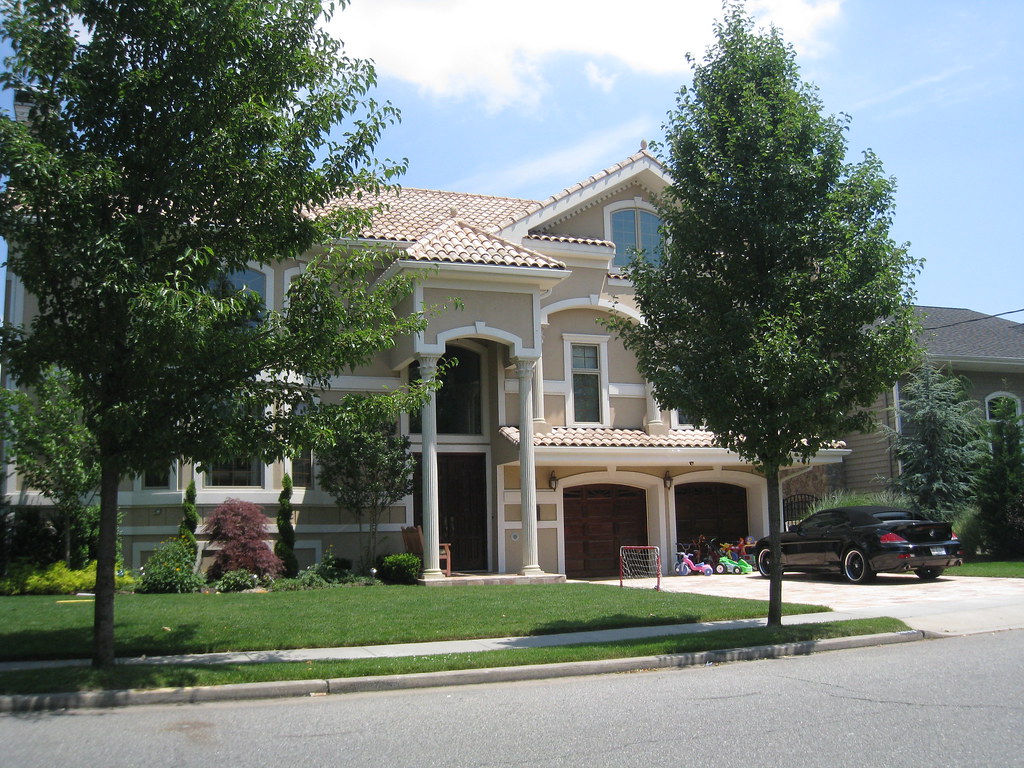
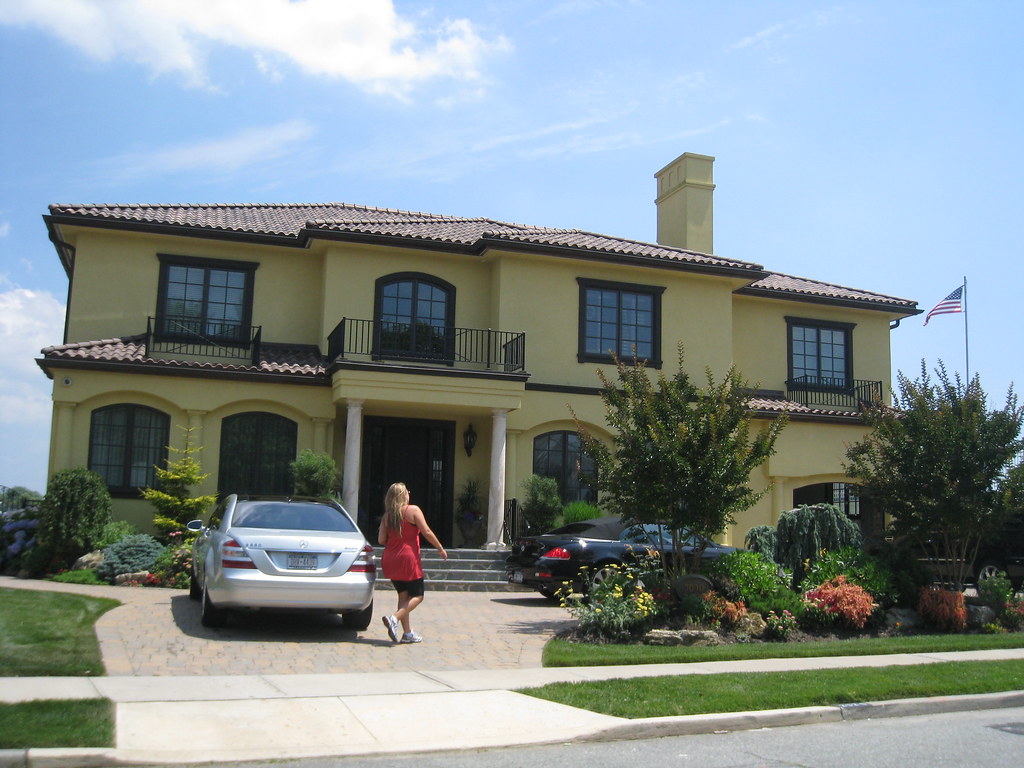
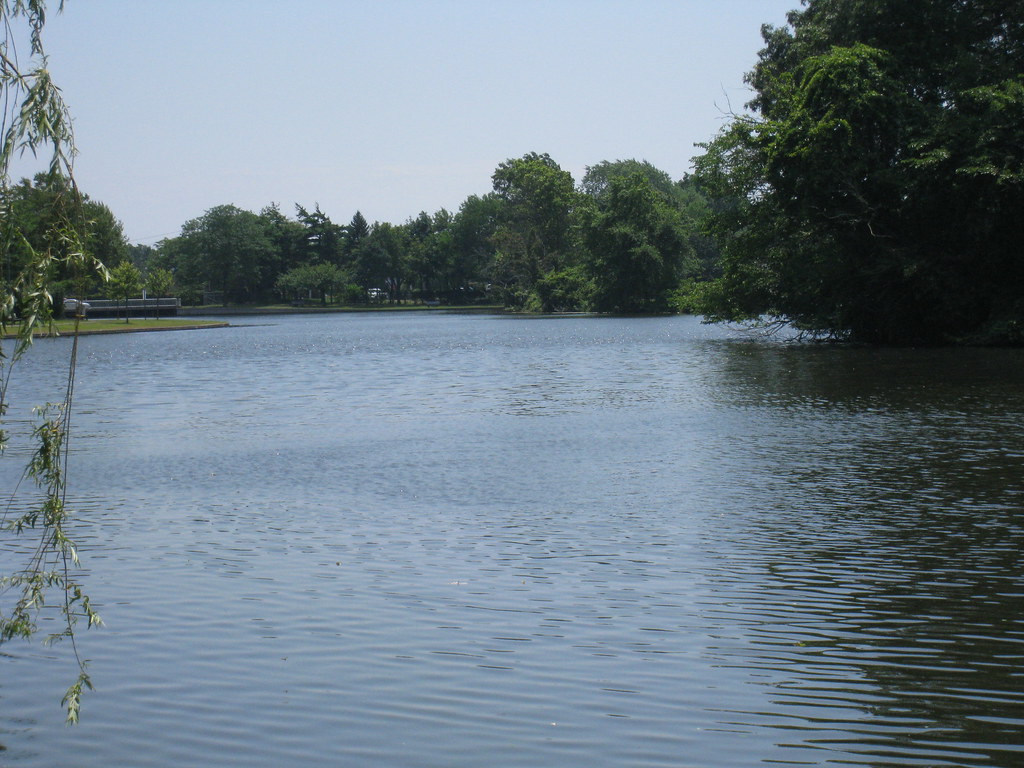
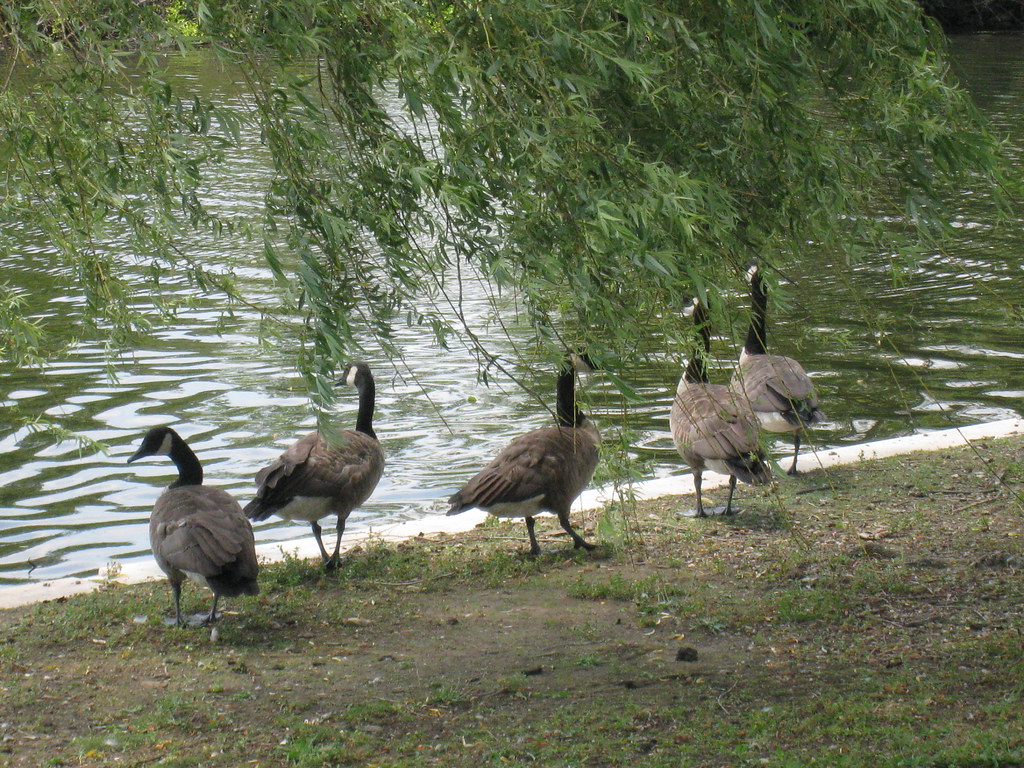

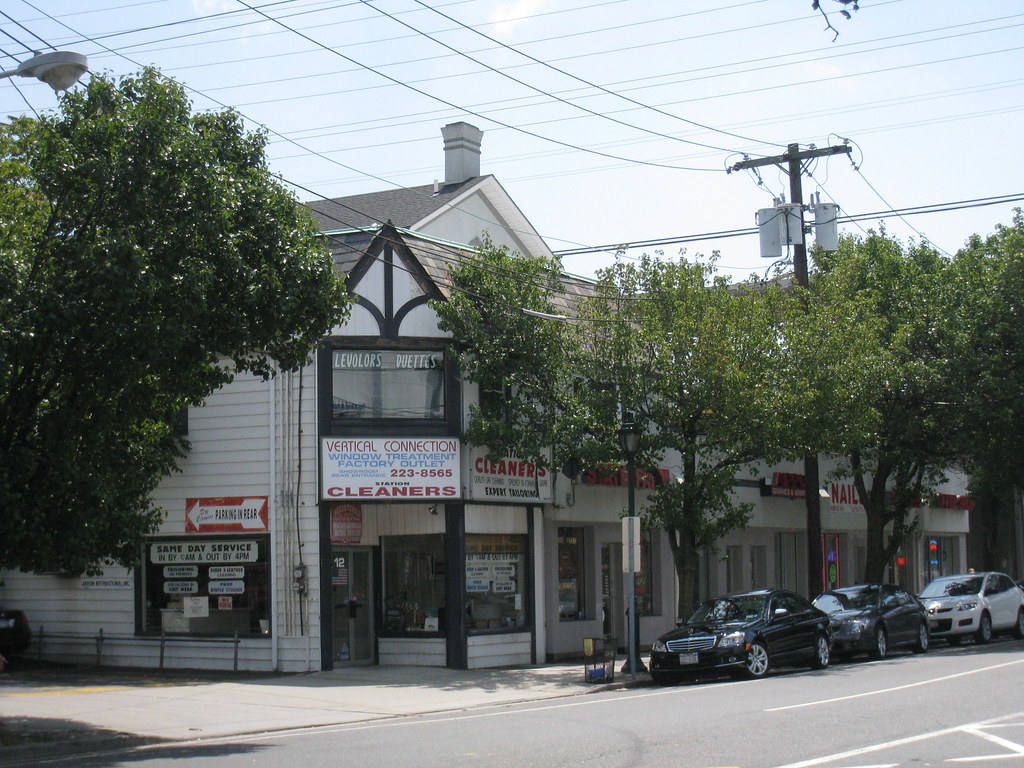
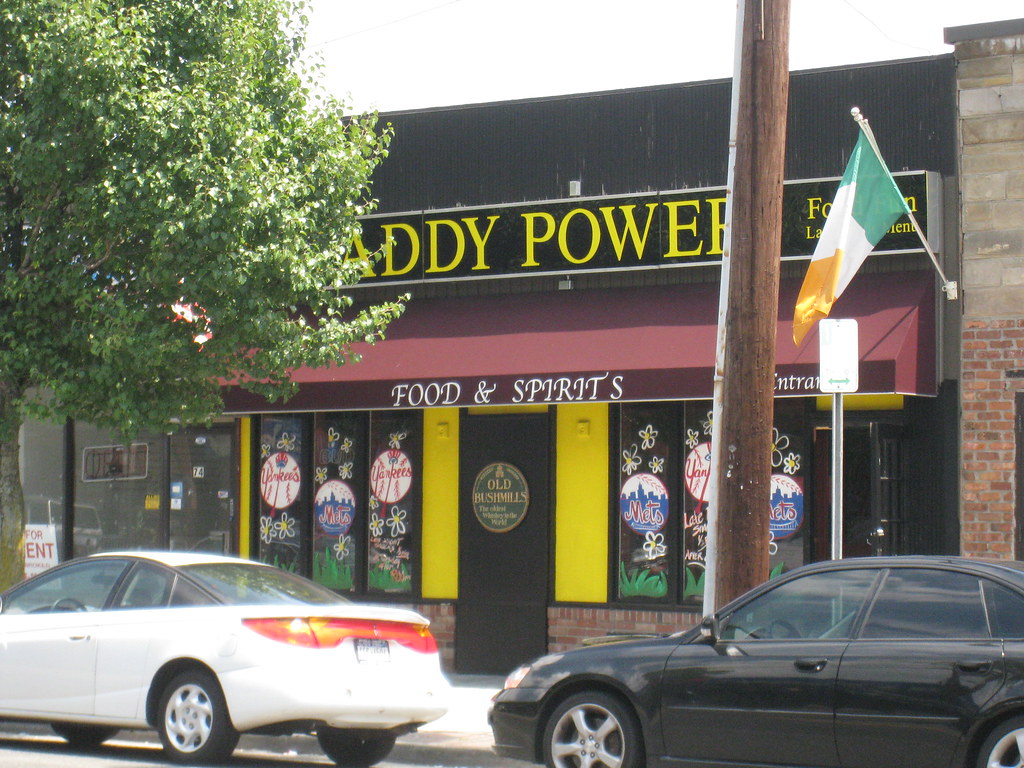
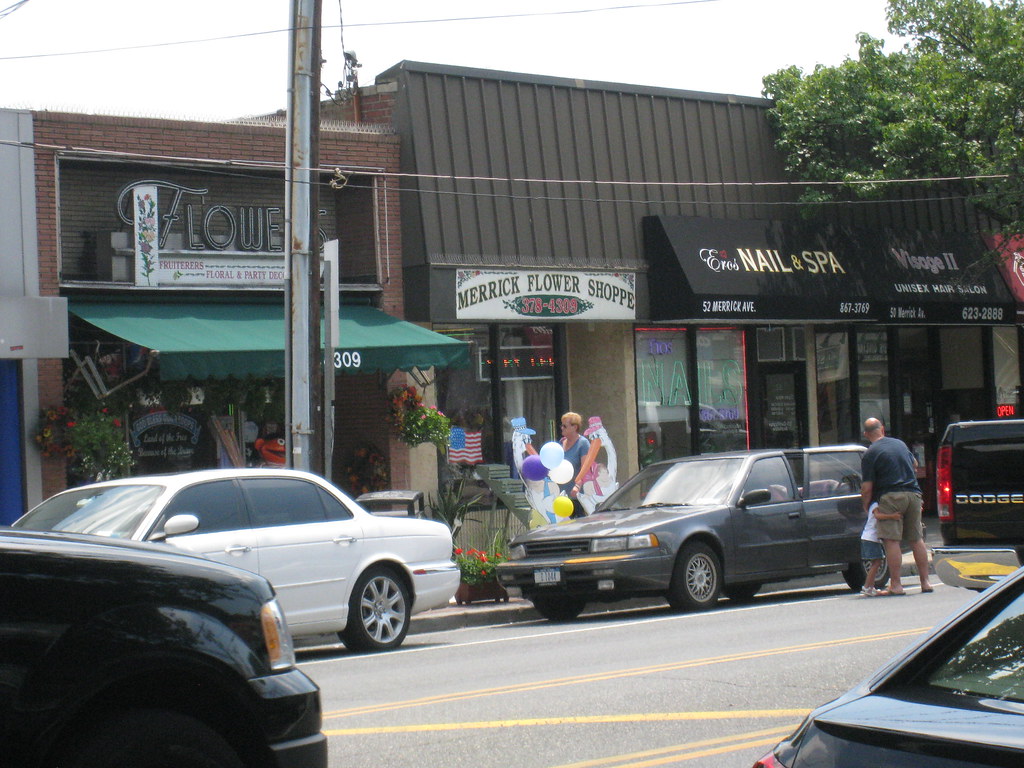 Freeport is a diverse incorporated village along the south shore of Nassau County on Long Island. Freeport was originally settled in the middle of the 17th century and called the Great South Woods until the name changed to Raynortown after Edward Raynor, a herdsman moved into the region. Throughout the 18th century the area, which sits on several waterways that connect it to the Atlantic Ocean developed into a tiny fishing village and remained this way for quite some time. Residents voted to change the name of the village to Freeport and during the years that followed it developed into a center for commercial oystering. The area developed further after the Southside Railroad built through. A street grid was formed and elegant homes were built in several styles throughout the town. Freeport then became a tourist destination for boating and fishing. It became extremely popular for actors and actresses when New York was home to the film industry in the early years of the 20th century. In fact it was Nassau County’s celebrity haven. Trolleys ran through Freeport from the turn of the century through the 1920’s they operated along Main Street and the central core down to the Nautical Mile where Ferry’s could transport people to the beaches of Nassau County. The village became popular for shopping and many along the south shore came to Freeport to do business. During the 1950’s and 1960’s the population jumped again as many fled New York City for the prosperous community but in the decades after as shopping malls were becoming popular, nation-wide, Freeport refused to build one and the area and it’s image as a shopping center declined. African Americans and Puerto Ricans began moving into the area during the 1980’s and lived side by side with the old Irish and Italian population. They soon dominated the village. Today the demographic shift remains in the Latino Community, although Puerto Ricans have been replaced in great numbers by Salvadoran and Mexican new comers. The town, however, by this time had degenerated. Projects along Sunrise highway never got off the ground, businesses shut down and the area experienced its own white flight around the turn of the 21st century. Today the area has seen significant rehabilitation which has pulled it out of its short-lived decline however gangs and drugs continue to plague the community. One gang, most notably is the MS-13 who have committed several murders in the area over the years. Diversity is one thing that has remained constant in Freeport. The village is still home to a changing demographic but is rich in culture with Mexican and Salvadoran, Dominican and West Indian, Italian and Puerto Rican, Irish and Jewish populations. The neighborhood celebrates a festival each year to celebrate its maritime history along the Nautical Mile. The mile is a popular summer drinking destination for the “20 and 30 something” crowd who grew up along the south shore.
Freeport is a diverse incorporated village along the south shore of Nassau County on Long Island. Freeport was originally settled in the middle of the 17th century and called the Great South Woods until the name changed to Raynortown after Edward Raynor, a herdsman moved into the region. Throughout the 18th century the area, which sits on several waterways that connect it to the Atlantic Ocean developed into a tiny fishing village and remained this way for quite some time. Residents voted to change the name of the village to Freeport and during the years that followed it developed into a center for commercial oystering. The area developed further after the Southside Railroad built through. A street grid was formed and elegant homes were built in several styles throughout the town. Freeport then became a tourist destination for boating and fishing. It became extremely popular for actors and actresses when New York was home to the film industry in the early years of the 20th century. In fact it was Nassau County’s celebrity haven. Trolleys ran through Freeport from the turn of the century through the 1920’s they operated along Main Street and the central core down to the Nautical Mile where Ferry’s could transport people to the beaches of Nassau County. The village became popular for shopping and many along the south shore came to Freeport to do business. During the 1950’s and 1960’s the population jumped again as many fled New York City for the prosperous community but in the decades after as shopping malls were becoming popular, nation-wide, Freeport refused to build one and the area and it’s image as a shopping center declined. African Americans and Puerto Ricans began moving into the area during the 1980’s and lived side by side with the old Irish and Italian population. They soon dominated the village. Today the demographic shift remains in the Latino Community, although Puerto Ricans have been replaced in great numbers by Salvadoran and Mexican new comers. The town, however, by this time had degenerated. Projects along Sunrise highway never got off the ground, businesses shut down and the area experienced its own white flight around the turn of the 21st century. Today the area has seen significant rehabilitation which has pulled it out of its short-lived decline however gangs and drugs continue to plague the community. One gang, most notably is the MS-13 who have committed several murders in the area over the years. Diversity is one thing that has remained constant in Freeport. The village is still home to a changing demographic but is rich in culture with Mexican and Salvadoran, Dominican and West Indian, Italian and Puerto Rican, Irish and Jewish populations. The neighborhood celebrates a festival each year to celebrate its maritime history along the Nautical Mile. The mile is a popular summer drinking destination for the “20 and 30 something” crowd who grew up along the south shore.



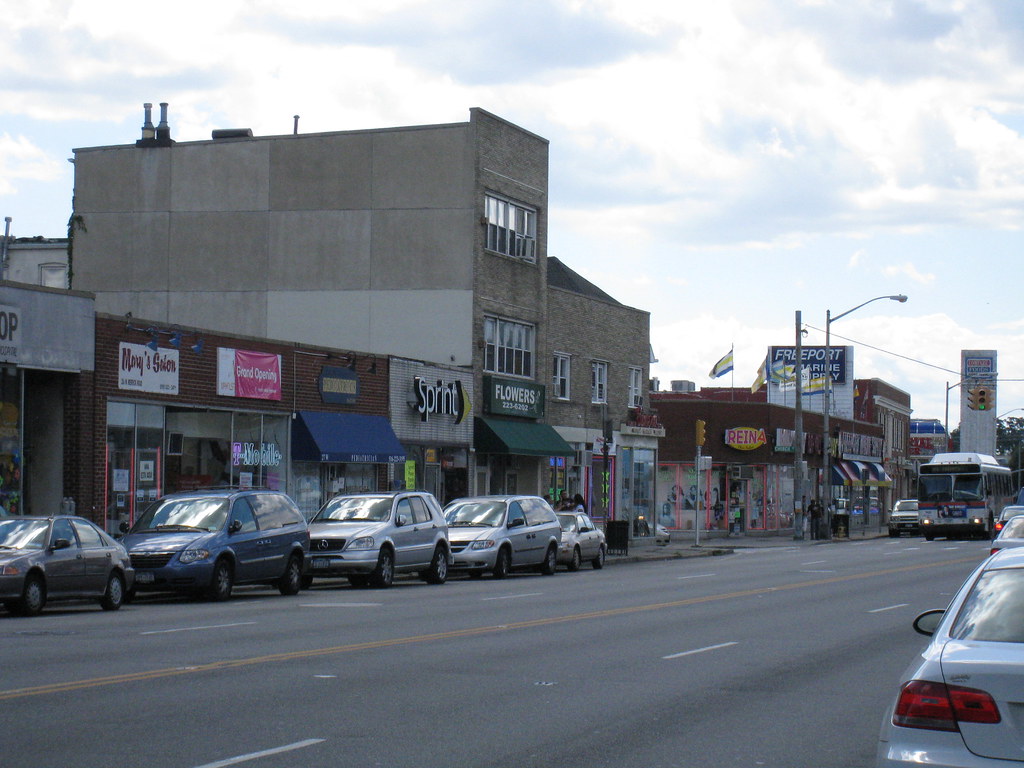

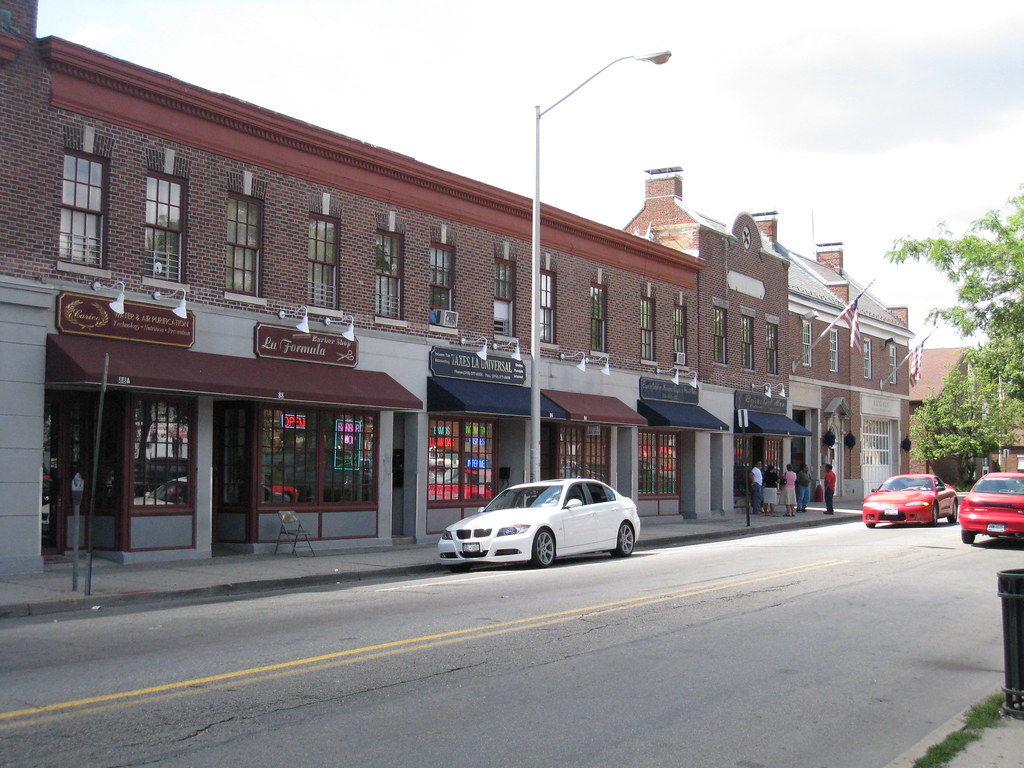
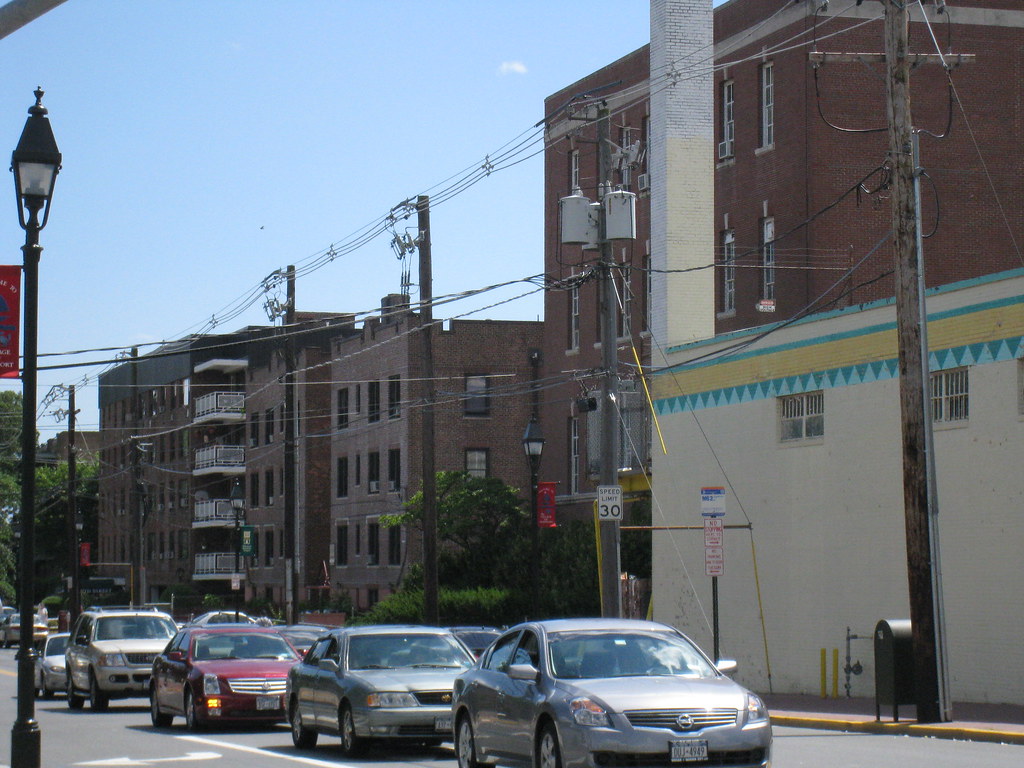
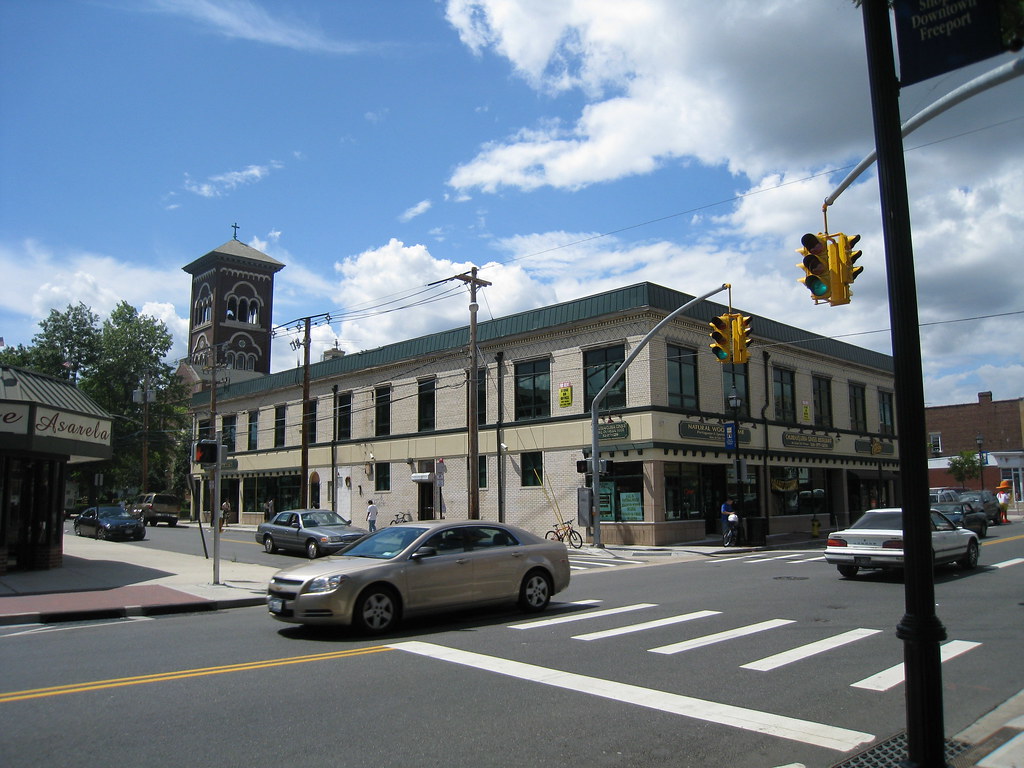
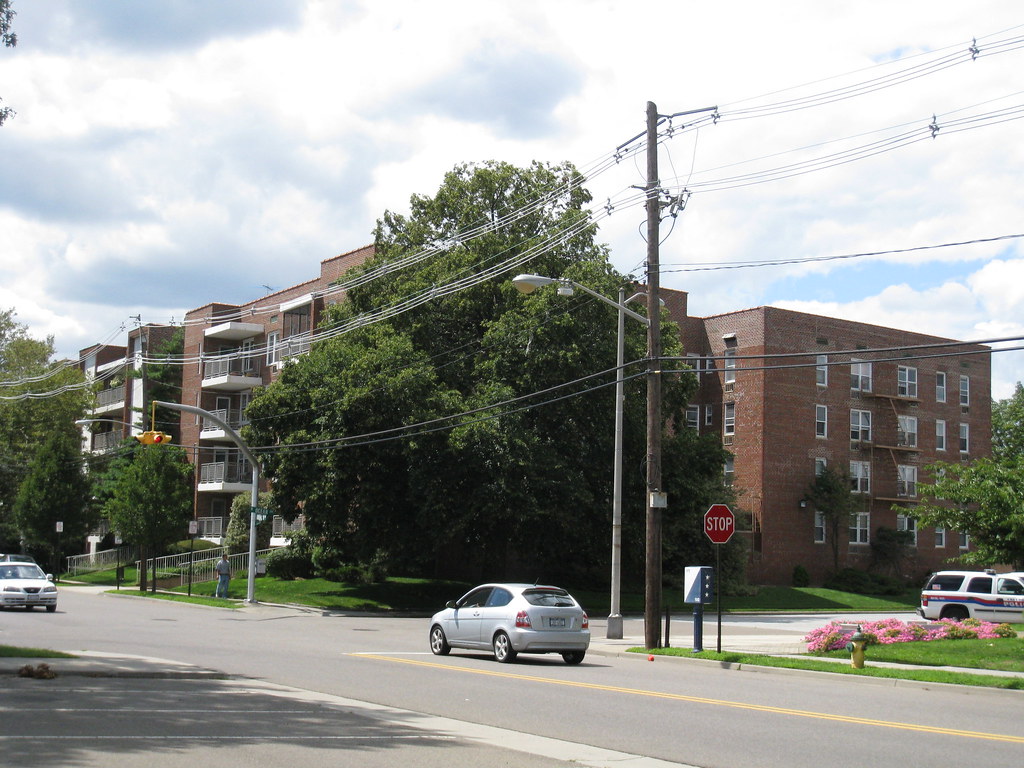
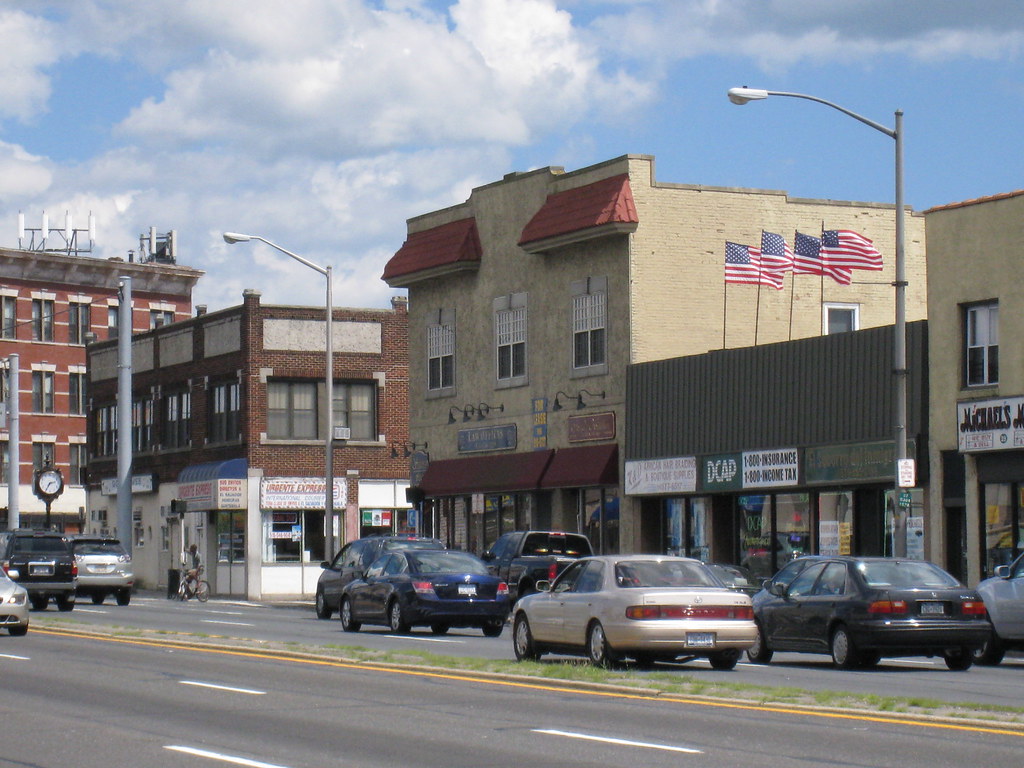
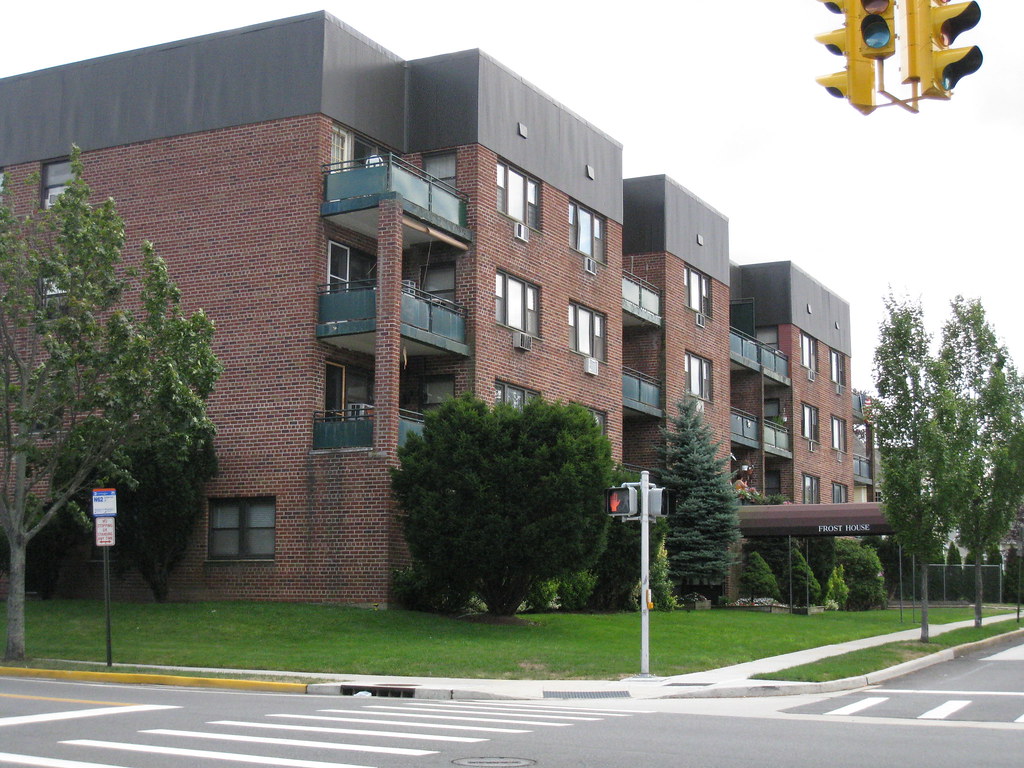

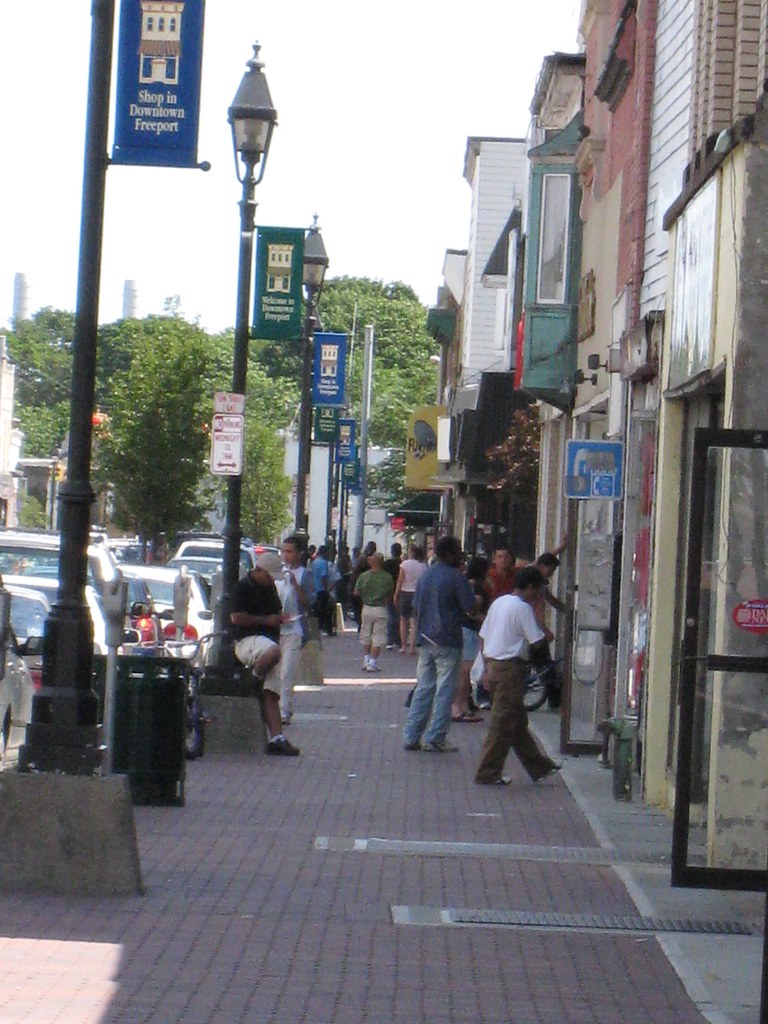
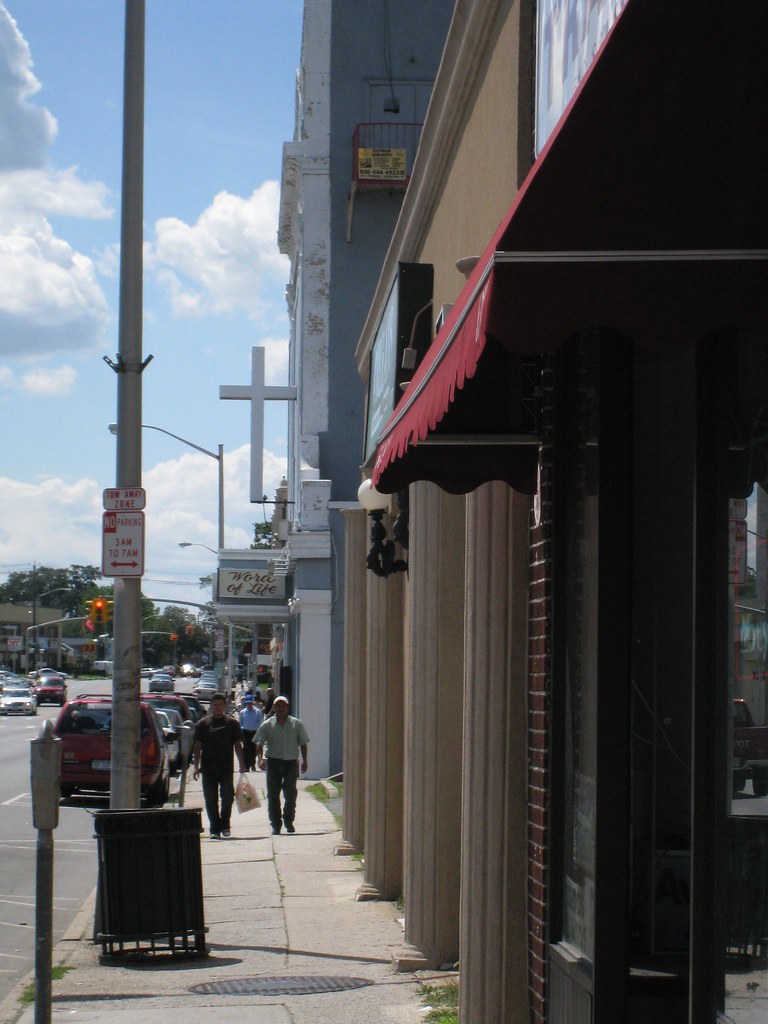
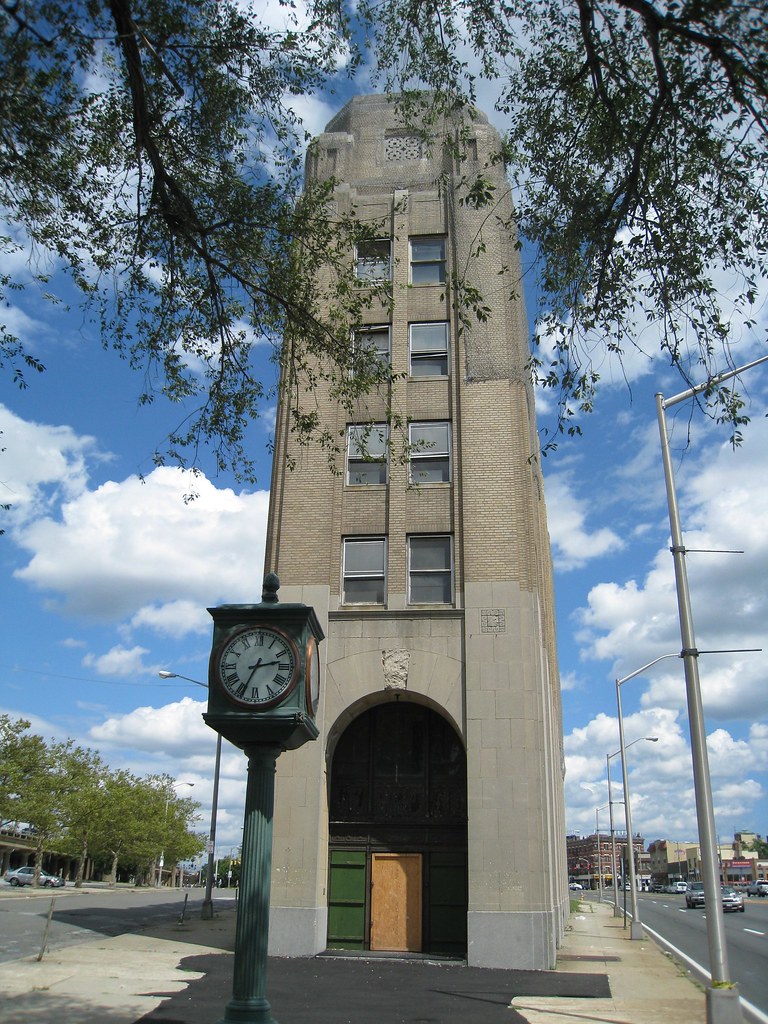
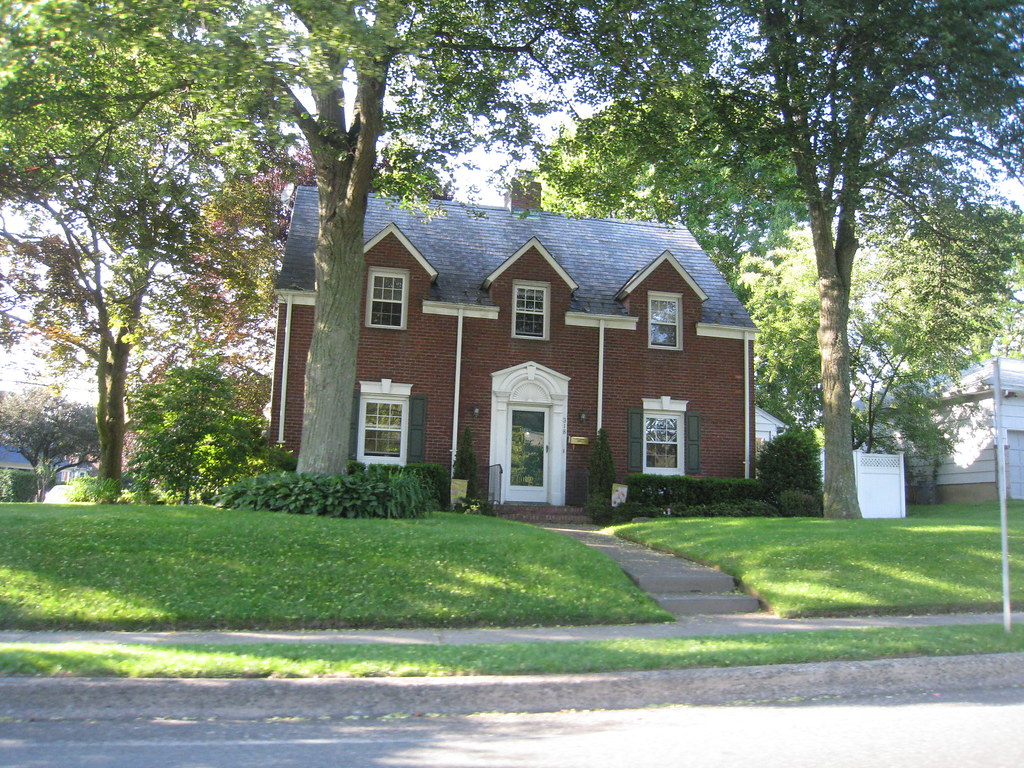
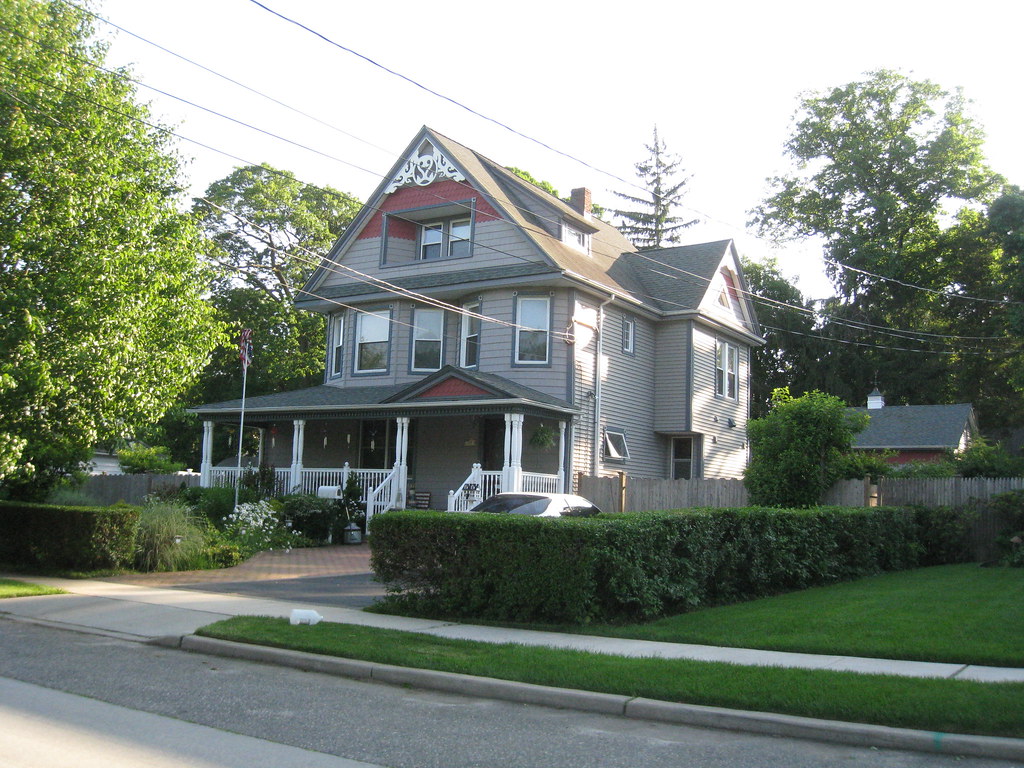
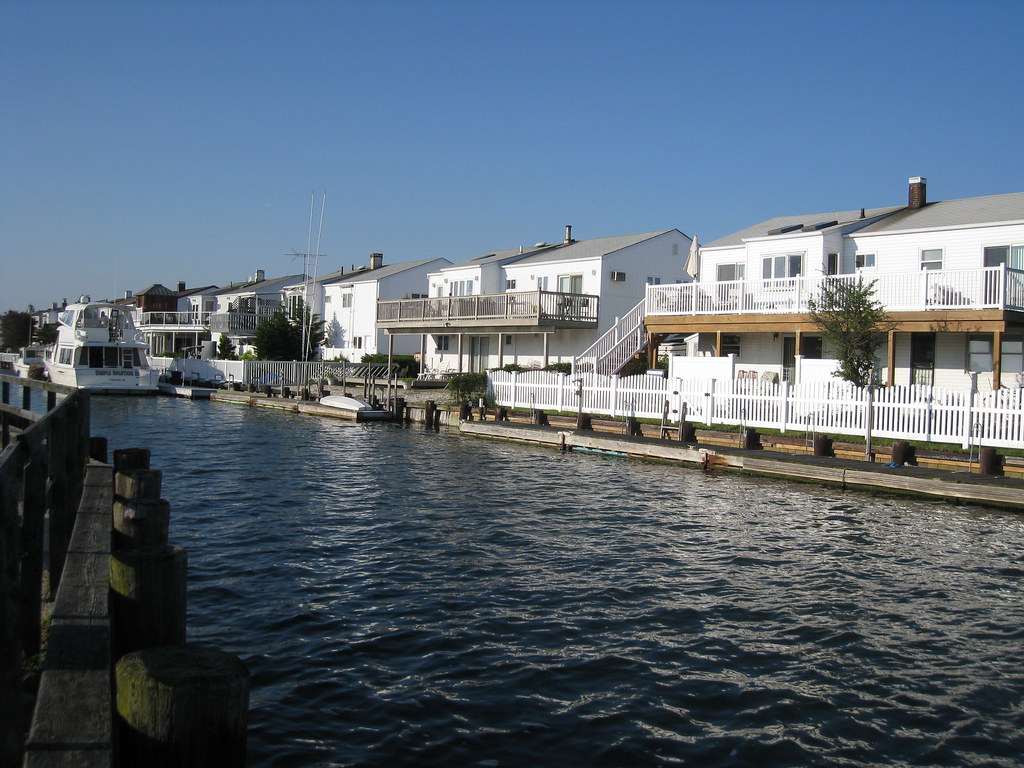

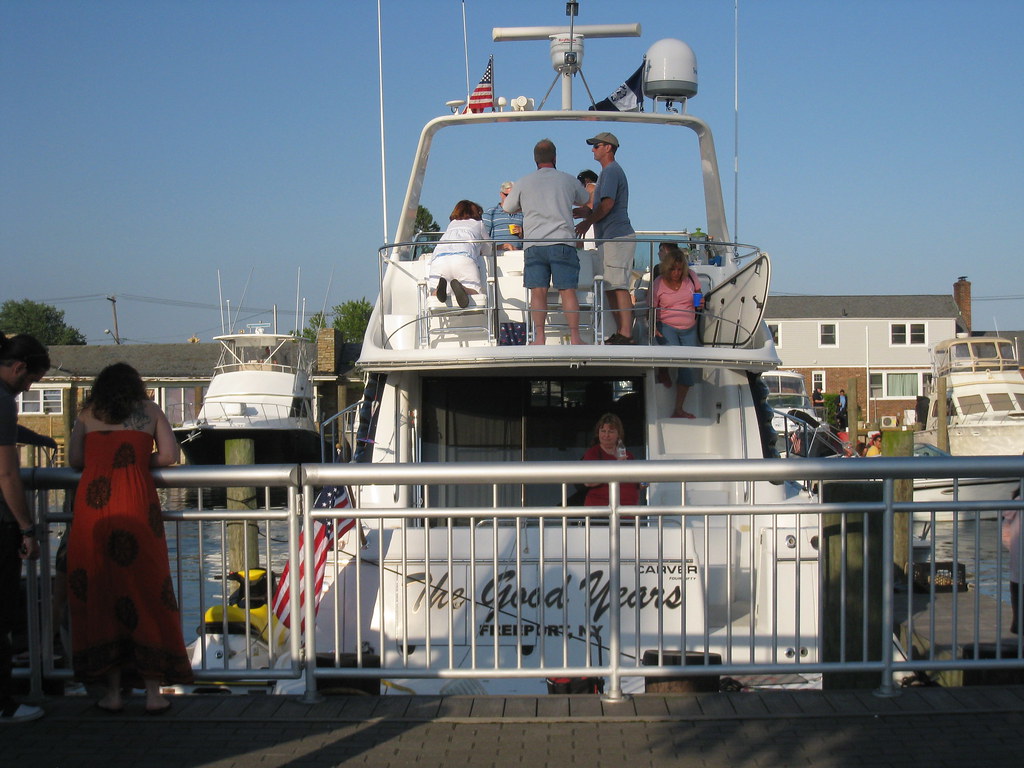

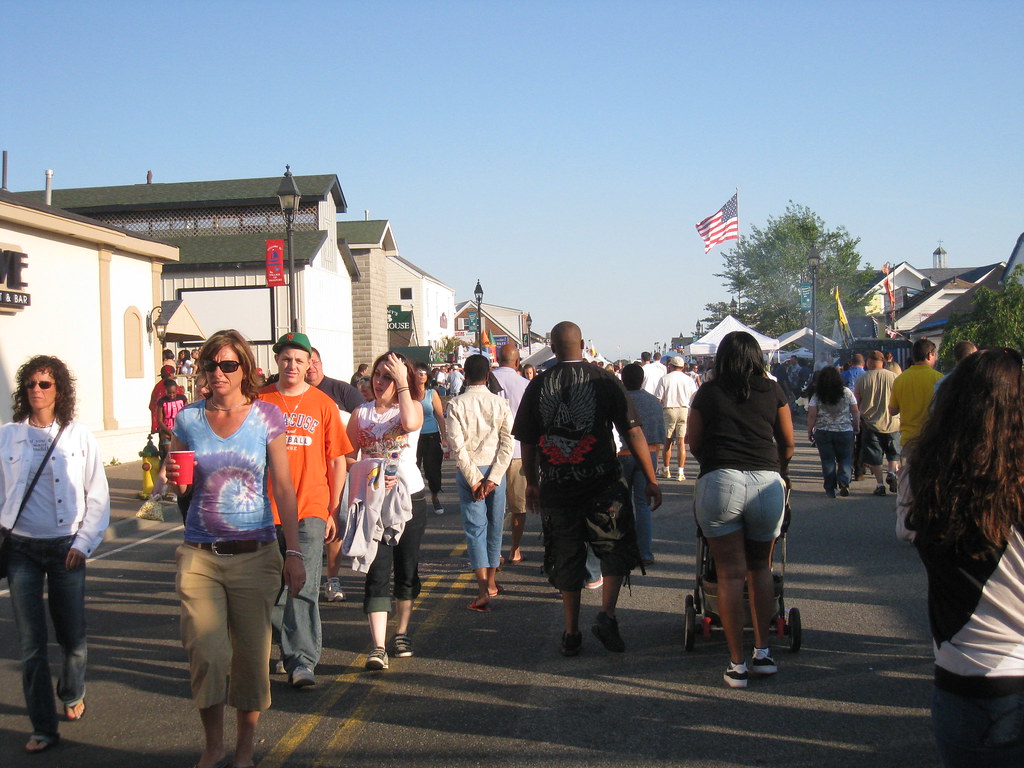
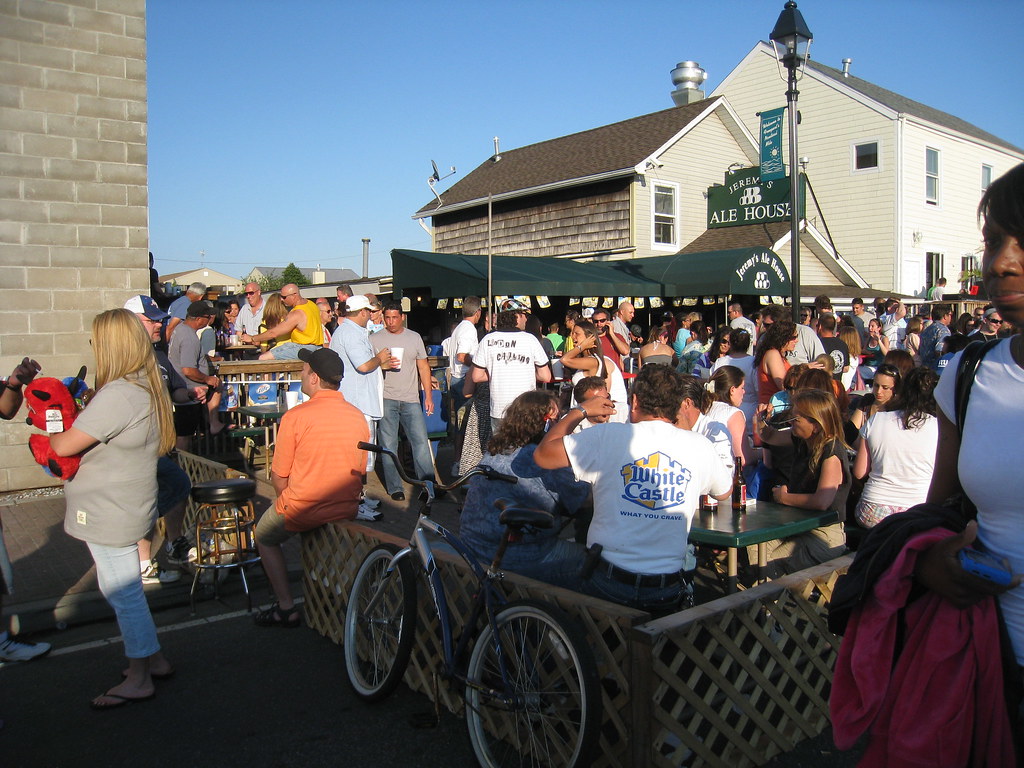
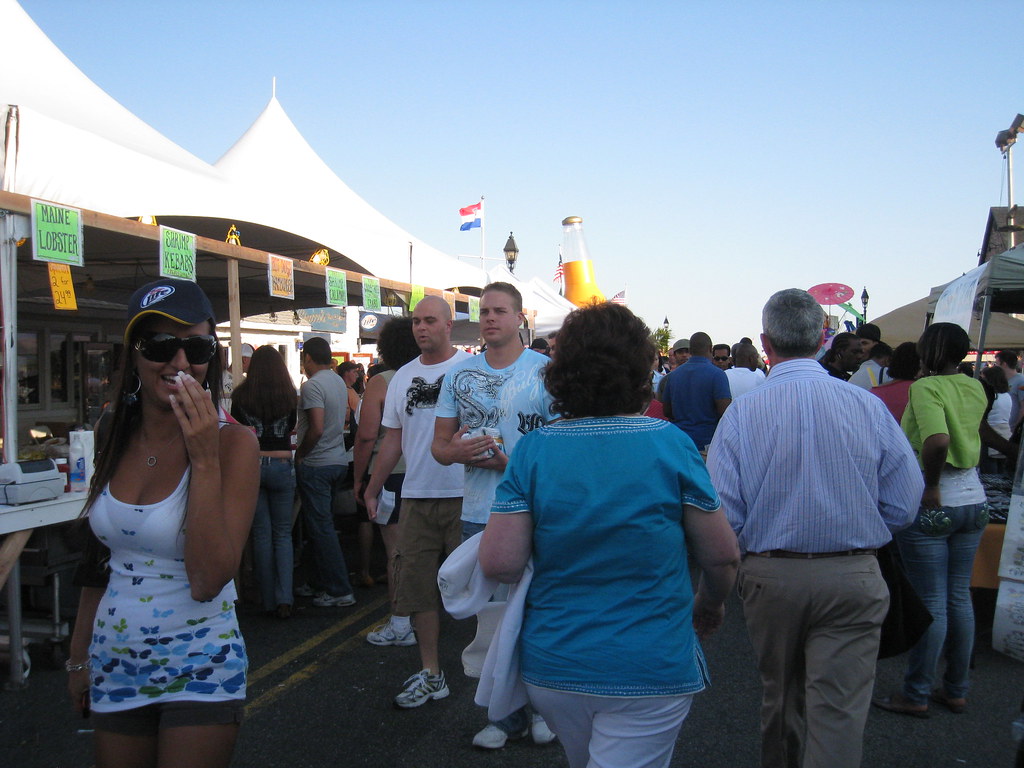

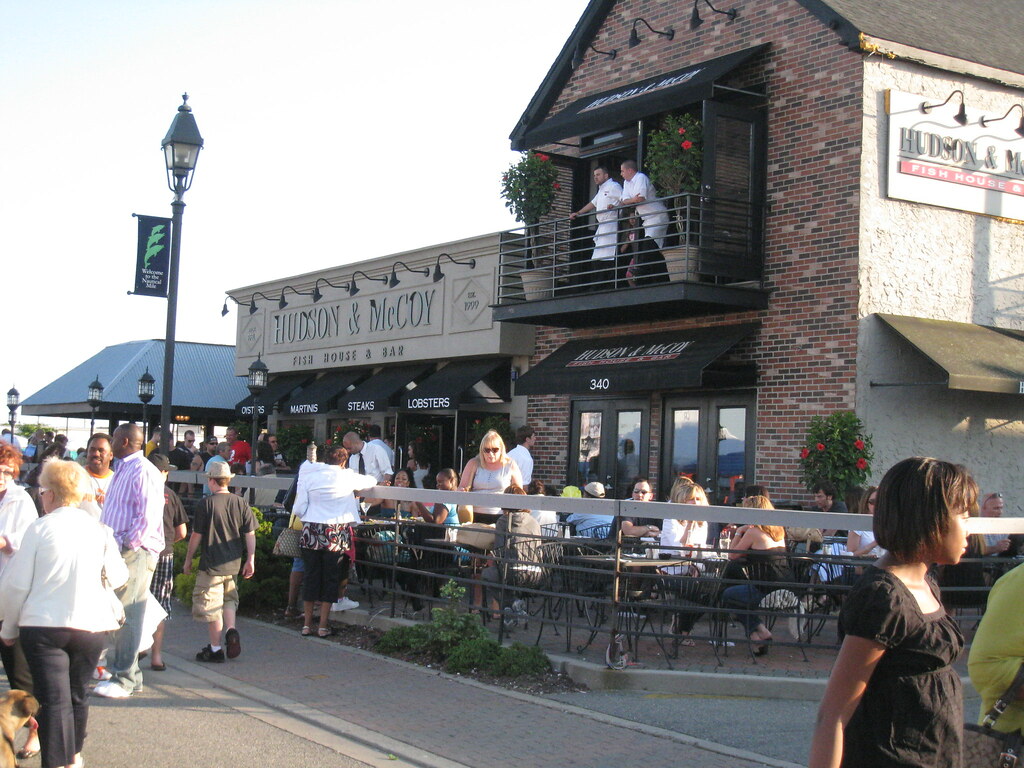
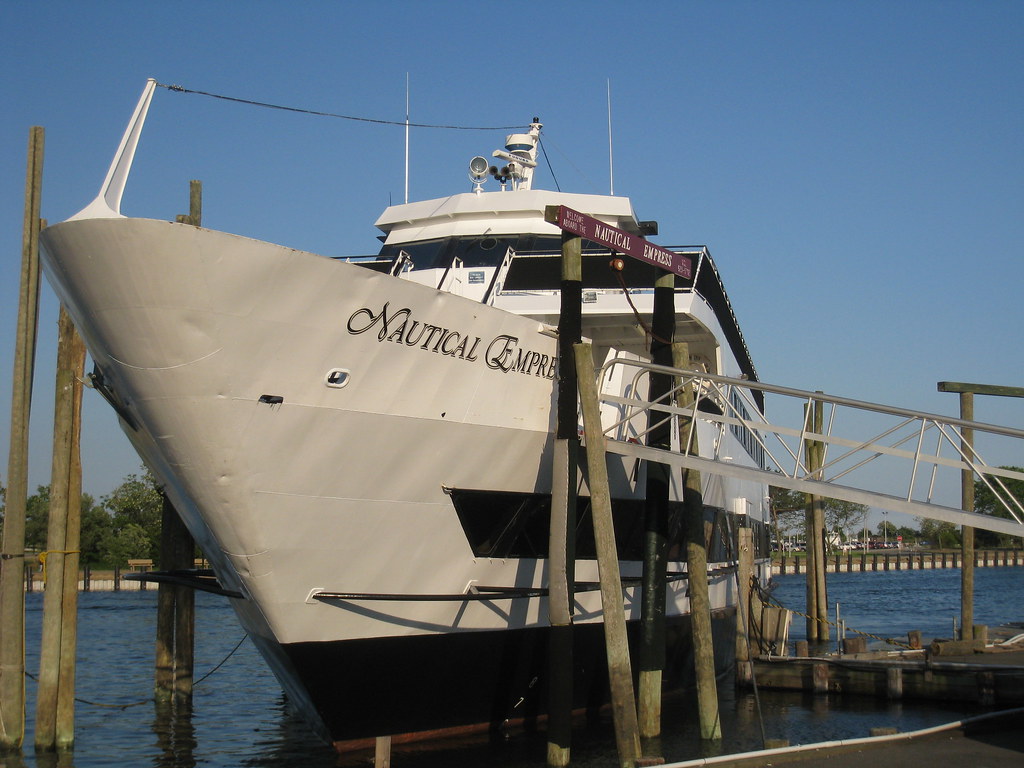
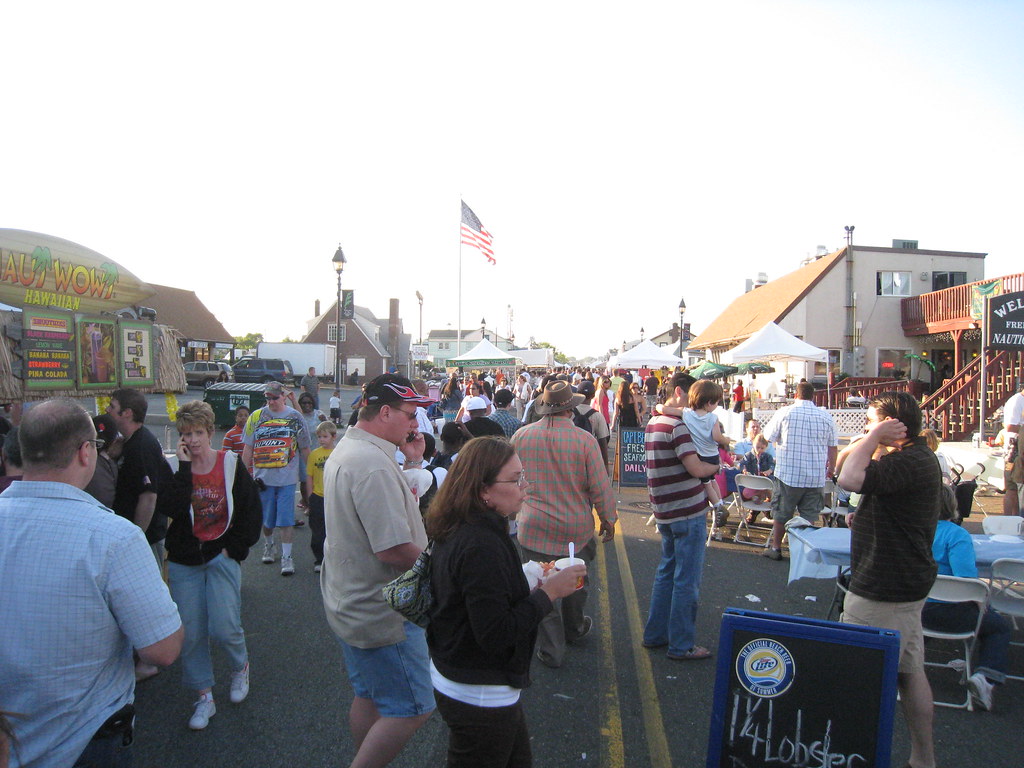


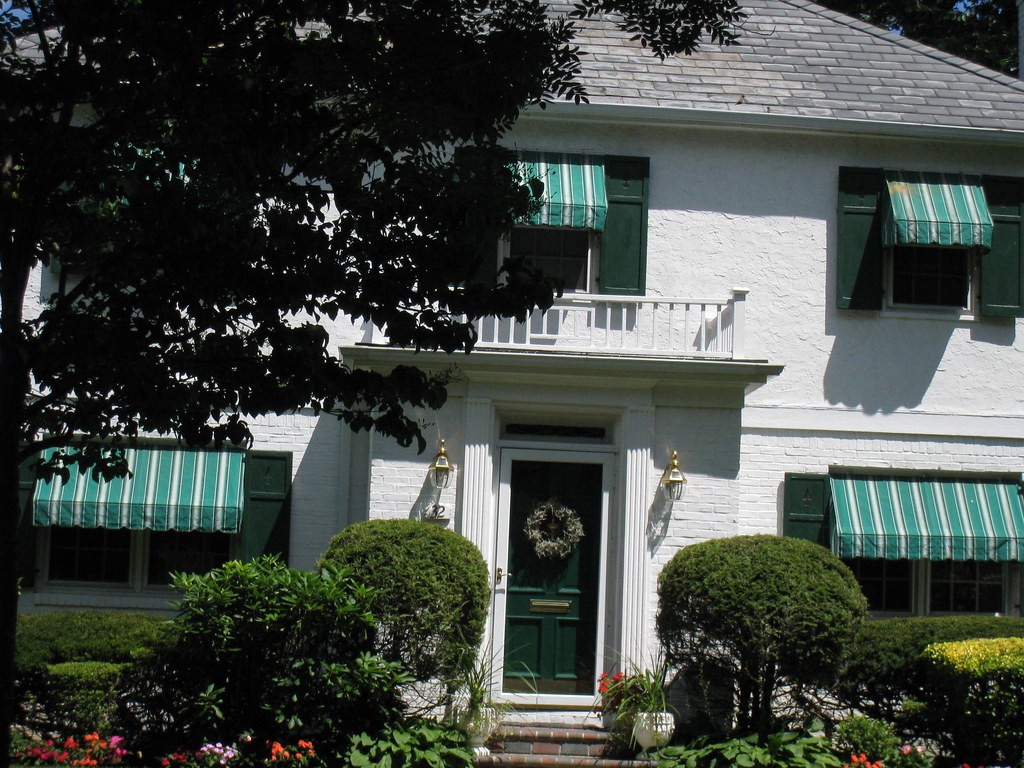
__________________
Brooklyn: The Motherland.
|